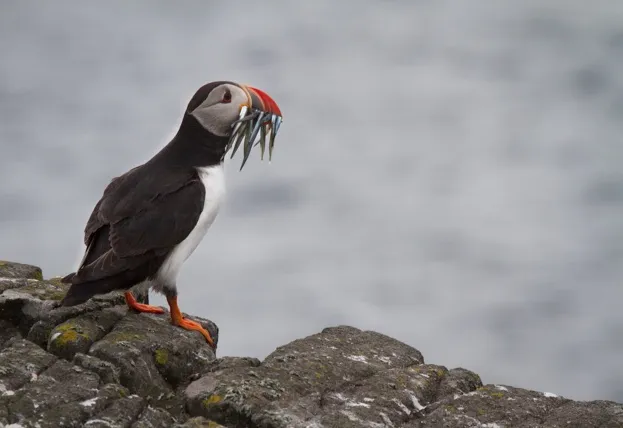This summer the RSPB launched ‘Project Puffin’, asking wildlife photographers from across the country to send in their images of these beloved birds carrying fish in order to better understand what they are feeding their young.
With 1402 photos submitted by 602 photographers, taking more than three months to analyse, the very first results of the project are in.
Previous scientific research has shown that our puffins are in serious decline, with predictions that more than half of the global population could disappear within the next generation. This new work from the RSPB could help pinpoint why these birds are in so much trouble.
"The public response means we’re getting data on a scale that we’ve never been able to collect before,” says Ellie Owen, the RSPB scientist leading the project.
“The next stage of the project is to look more closely at the diet of puffins compared to their breeding success to pin down what part diet plays in the decline of some puffins.”

The photographs submitted by the ‘Puffarazzi’ have produced data on almost 40 colonies around the UK, allowing comparisons to be made between each of them. Preliminary results suggest that the puffins in the northern Scottish islands of Orkney and Shetland are catching smaller prey than their cousins further south.
In addition, nutritious sandeels are only making up about half of the diet in colonies in northwest Scotland, compared with up to two-thirds elsewhere.
“For a young puffin waiting in its burrow, its life hangs on whether its parents return with enough food,” explains Owen. “An abundant supply of large, nutritious fish such as sandeels, sprats and herrings is key to healthy colonies”.
Much more work needs to be done to definitively link colony declines to changes in diet, however the success of Project Puffin in terms of engagement in citizen science provides much-needed hope for future studies.
Main image: Puffin on the Farne Islands. © Franco Lee
